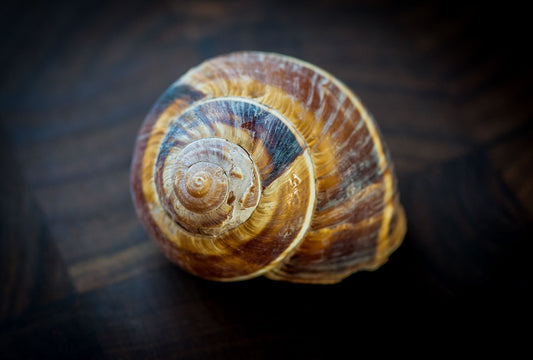Escargot
about Escargot: click here to read more
Escargot, or snails, have a long history in France, dating back to ancient times. The practice of eating snails can be traced to the Roman Empire, where they were considered a delicacy. Romans not only ate snails but also raised them in special "snail farms," called cochlearia, where they were fattened for consumption. However, it was in France that escargot truly became ingrained in culinary tradition.
In France, snails have been consumed since at least the medieval period, particularly in regions like Burgundy, where escargot became a part of the local gastronomic culture. By the 19th century, escargot had become widely known as a French delicacy, especially in the context of fine dining. The dish gained even more popularity in the 20th century, particularly when it was associated with the rich culinary heritage of regions like Burgundy, which is famous for its escargot preparations.
The French typically prepare escargot by baking the snails in their shells with a mixture of garlic, butter, herbs, and sometimes wine. This iconic dish is often served as an appetizer in French restaurants. The practice of eating escargot in France also grew in connection with the notion of regional identity, as different areas of the country, such as Provence and Burgundy, developed their own unique ways of preparing snails.
Escargot is also linked to French culinary tradition during religious fasting periods, when it was seen as a permissible food, as snails were considered "shellfish" rather than meat.
-

 Restocking - choose Notify me
Restocking - choose Notify meEscargot Shells
Regular price $7.95 USDRegular priceUnit price / per$0.00 USDSale price $7.95 USDRestocking - choose Notify me -
Henri Maire Escargot - Wild Burgundy Snails
Regular price $17.95 USDRegular priceUnit price / per$19.82 USDSale price $17.95 USDSale



